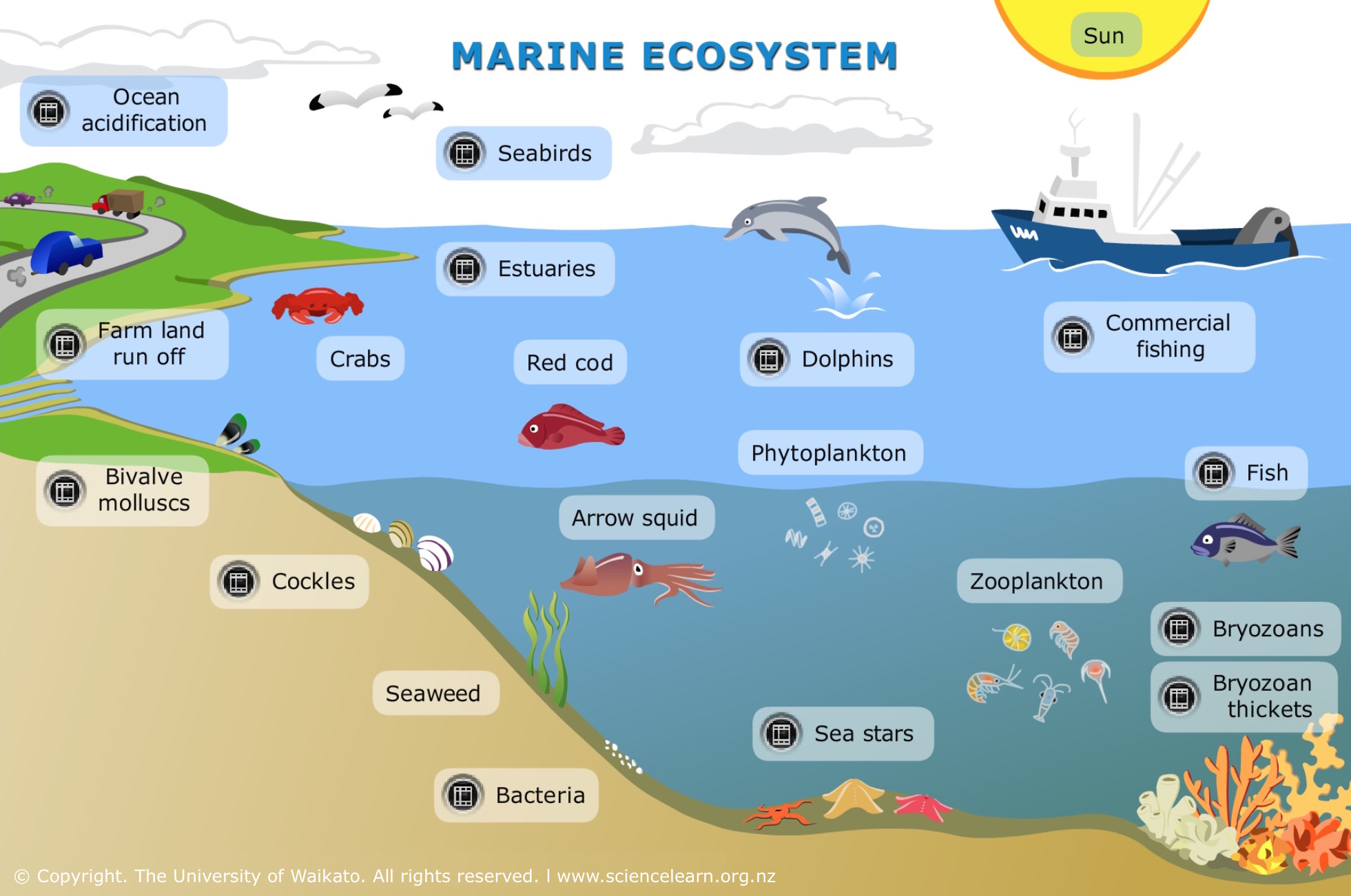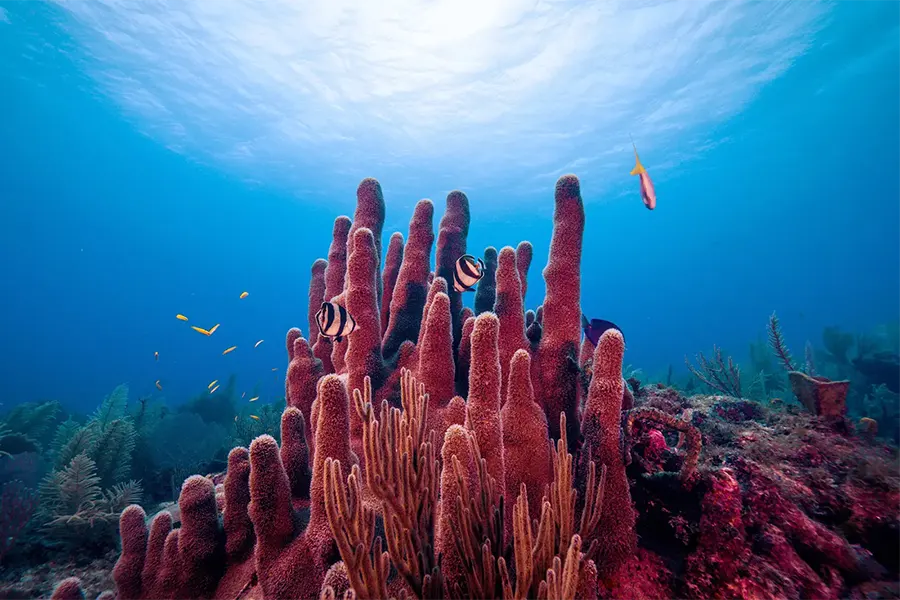Topic ecosystem of grasslands: Discover the vibrant ecosystem of grasslands, a realm where diverse species thrive, shaped by unique climates and human influences, highlighting the importance of conservation for future generations.
Table of Content
- How are grasslands maintained and what is their role in supporting biodiversity?
- Understanding Grassland Ecosystems
- Types of Grasslands: Tropical, Temperate, and Tundra
- Flora and Fauna: Diversity in Grassland Habitats
- Grassland Soil: Characteristics and Importance
- YOUTUBE: Ecosystems Episode 3: The Grassland Ecosystem
How are grasslands maintained and what is their role in supporting biodiversity?
Grasslands are maintained through the interactions of various elements in their ecosystem. These include grazing animals and frequent fires, which play essential roles in shaping and preserving grassland habitats.
Here are the steps involved in maintaining grasslands:
- Grazing animals: Grazing animals such as bison, zebras, and antelopes play a crucial role in managing grasslands. They consume grasses, keeping them at an optimal height for growth and preventing them from becoming overgrown. The animals also help disperse seeds through their droppings, contributing to the spread and diversity of plant species.
- Frequent fires: Fire is another important factor in maintaining grasslands. Periodic fires remove accumulated dead vegetation, allowing sunlight to reach the ground and stimulate new growth. Fires also help control the encroachment of woody plants and maintain the openness of the grassland ecosystem.
By maintaining grasslands, various benefits are provided to the overall biodiversity:
- Biodiversity support: Grasslands support high levels of biodiversity. The combination of open spaces, a variety of grass species, and favorable conditions attract diverse animal species, including insects, birds, reptiles, and mammals. This biodiversity is crucial for the overall functioning of the ecosystem.
- Wildlife habitat: Grasslands serve as vital habitats for many species, providing them with food, shelter, and breeding grounds. The diverse grasses and plants attract herbivores, which, in turn, serve as prey for carnivores. The interconnectedness of species within the grassland ecosystem creates a delicate balance between predator and prey.
- Ecosystem services: Grasslands provide numerous ecosystem services, such as carbon sequestration, water regulation, and nutrient cycling. The deep root systems of grasses help prevent soil erosion, and their overall vegetation contributes to the storage of carbon dioxide. Additionally, grasslands can act as natural water filters, reducing the risk of water pollution.
In conclusion, grasslands are maintained through the combined efforts of grazing animals and frequent fires. Their role in supporting biodiversity encompasses providing habitats for a wide range of species, contributing to ecosystem services, and fostering a delicate balance within the ecosystem.
READ MORE:
Understanding Grassland Ecosystems
Grassland ecosystems are vast expanses of land dominated by grasses, where trees are scarce or absent, allowing a unique blend of flora and fauna to flourish. These ecosystems are critical for biodiversity, supporting a variety of life forms from the smallest insects to large mammals.
- Characteristics: Grasslands are characterized by their soil, climate, and predominant vegetation types, varying from the savannas of Africa to the prairies of North America.
- Climate: Typically found in regions with a range between extreme dryness and moderate rainfall, making them susceptible to seasonal changes and droughts.
- Flora: Dominated by grasses, these ecosystems also support herbs and shrubs, adapted to conditions of low moisture and high light intensity.
- Fauna: Home to a diverse array of wildlife, including herbivores like bison and antelopes, predators such as lions and wolves, and countless bird species, insects, and other organisms.
- Human Influence: Historically, grasslands have been used for grazing, agriculture, and urban development, impacting their natural state and conservation status.
- Conservation: Efforts are underway to protect these vital ecosystems through sustainable management practices, restoration projects, and protected areas.
Understanding grassland ecosystems is key to appreciating their role in our planet"s ecological balance, highlighting the need for their preservation amid changing environmental conditions.

Types of Grasslands: Tropical, Temperate, and Tundra
Grasslands across the globe vary greatly, each with unique climates, ecosystems, and biodiversity. They are broadly classified into tropical, temperate, and tundra grasslands, each supporting distinct flora and fauna.
- Tropical Grasslands: Also known as savannas, these are found near the equator. Characterized by a warm climate year-round, with a distinct dry and wet season, they boast a rich diversity of grasses, trees, and large mammals such as elephants, giraffes, and lions.
- Temperate Grasslands: Found in regions with more moderate climates, including the prairies of North America, the steppes of Eurasia, and the pampas of South America. These areas have hot summers and cold winters, with fewer trees and a wide variety of grasses. Fauna includes species like bison, antelopes, and wolves.
- Tundra Grasslands: Located in the high latitudes, in the Arctic and Antarctic circles, tundra grasslands are characterized by cold, harsh climates, short growing seasons, and permafrost. Vegetation is sparse, consisting mainly of grasses, mosses, and lichens, supporting wildlife adapted to cold, such as reindeer and arctic foxes.
Understanding the types of grasslands helps in appreciating their ecological significance, the diversity of life they support, and the importance of conserving these unique landscapes for future generations.
Flora and Fauna: Diversity in Grassland Habitats
Grassland habitats are teeming with a diverse range of life. These ecosystems are not only about grasses; they host a myriad of plants and animals, each adapted to thrive in the unique conditions of grasslands worldwide.
- Flora: The flora in grasslands mainly comprises various grass species, which are the dominant vegetation. However, many grasslands also feature a rich variety of herbs, wildflowers, and shrubs. These plants have adapted to the challenges of grassland life, such as drought and fire, with deep roots and growth patterns that help them survive and flourish.
- Fauna: Grassland fauna is equally varied and adapted to open, often treeless landscapes. Large herbivores such as bison, gazelles, zebras, and elephants are iconic residents, grazing on the abundant grasses. Predators like lions, wolves, and cheetahs depend on these herbivores for food. Grasslands also support a vast array of insects, birds, and small mammals, which play critical roles in pollination, seed dispersal, and as part of the food web.
Seasonal changes dramatically influence the life cycles of both flora and fauna in grassland ecosystems. Plant life blooms and goes dormant in response to rainfall and temperature, while animal populations migrate, breed, and hunt based on the availability of food and optimal living conditions. This dynamic interplay ensures the resilience and sustainability of grassland habitats.

Grassland Soil: Characteristics and Importance
Soil is the foundation of the grassland ecosystem, playing a crucial role in supporting its diverse flora and fauna. Grassland soils are rich in organic matter, nutrients, and microorganisms, thanks to the deep root systems of grasses and the decomposition of plant material.
- Rich in Organic Matter: Grassland soils are among the most fertile in the world due to the high content of organic matter from decomposed plant roots and leaves. This organic matter improves soil structure, enhancing water retention and aeration.
- Nutrient Cycling: The soil in grasslands plays a vital role in the cycling of nutrients, including nitrogen, phosphorus, and potassium, which are essential for plant growth. Microorganisms in the soil help break down organic matter, releasing these nutrients back into the soil.
- Carbon Sequestration: Grassland soils are significant carbon sinks, storing carbon that plants absorb from the atmosphere during photosynthesis. This process is crucial for mitigating climate change by reducing atmospheric CO2 levels.
- Supporting Biodiversity: The health of grassland soils directly impacts the biodiversity of the ecosystem. Rich, fertile soils support a wide variety of plant species, which in turn support diverse animal populations.
- Impact of Human Activity: Agriculture, overgrazing, and development pose threats to grassland soils, leading to erosion, nutrient depletion, and a loss of organic matter. Sustainable management practices are vital for preserving these precious resources.
The preservation and restoration of grassland soils are essential for maintaining ecosystem health, supporting agriculture, and combating climate change. Understanding the characteristics and importance of these soils is crucial for their conservation and the sustainability of grassland ecosystems.
Ecosystems Episode 3: The Grassland Ecosystem
Immerse yourself in the breathtaking beauty of vast, untouched grasslands in this captivating video. Marvel at the endless horizon and vibrant shades of green as you embark on a mesmerizing journey through nature\'s untouched masterpiece.
READ MORE:
What are Grasslands: Science for Kids
Get ready for a heartwarming adventure with these adorable and energetic kids! Watch their contagious laughter and playful antics as they explore the world around them. This charming video will leave you smiling from ear to ear and reminiscing about the joy of childhood.













